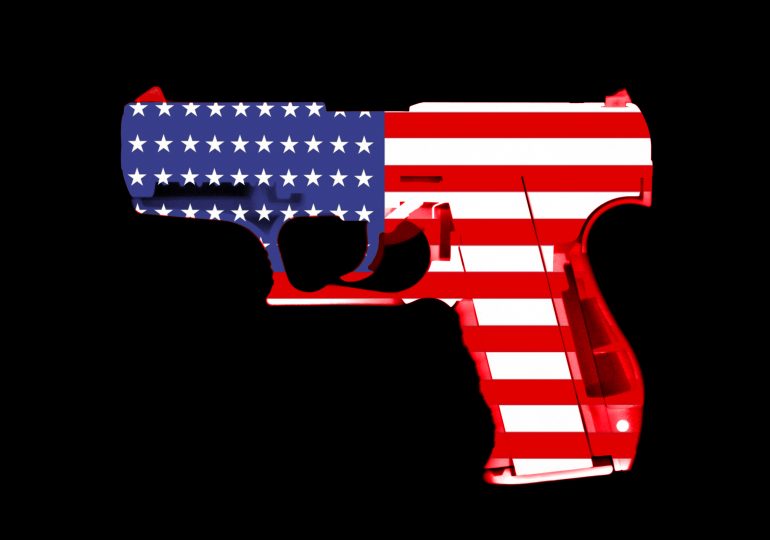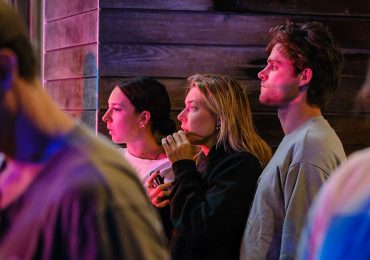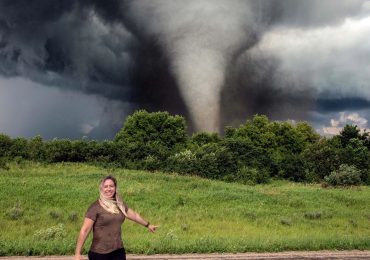Firearm violence, the leading cause of death among U.S. children and adolescents, is a public health crisis, U.S. Surgeon General Dr. Vivek Murthy declared in a Tuesday advisory.
Murthy tells TIME the aforementioned statistic has “increased the urgency” to address this issue, which has taken an elevated toll on American youth since 2020. Research shows that gun-related suicides—which encompass the majority of all firearm-related deaths—has increased by 45% for people aged 15-24 and 68% for children aged 10-14 from 2012 to 2022, according to the advisory.
[time-brightcove not-tgx=”true”]
Adults have also been impacted by the ongoing crisis. More than half of U.S. adults or their family members have experienced a firearm-related incident throughout their lives, according to an April 2023 survey. It’s an issue that disproportionately impacts certain demographics: Black people have the highest age-adjusted firearm homicide rate, and American Indian and Alaska Native people under the age of 45 account for the highest firearm suicide rate, though white people aged 45 and up had the highest rate of firearm suicide overall. Men are also six times more likely to die from a gun-related injury than women.
“We lose nearly 50,000 people each year to gun violence, but there are millions more who are affected by its reverberating impact,” Murthy says. “The role that this advisory can play is to help people see and understand the full extent of the harms of gun violence, and to move this issue from the realm of politics to the realm of public health.”
There have been 247 mass shootings so far this year, according to the Gun Violence Archive. And the Surgeon General’s report indicates that the frequency at which these large-scale shootings happen is increasing. Even though mass shootings ultimately account for about 1% of all gun violence deaths, the advisory says they have caused a “collective trauma” on the American public. Just this weekend, dozens were wounded following shootings in Alabama, Ohio, and Arkansas. Other highly-reported shootings, including those at Monterey Park and Parkland, have undoubtedly left a lasting mark on the minds of many. In fact, nearly 6 in 10 U.S. adults say they worry “sometimes,” “almost every day,” or “every day” about a loved one falling victim to firearm violence, per the advisory.
Read More: Monterey Park Celebrates Lunar New Year With Resilience
There has been some progress on the matter. This year’s report comes two years after President Joe Biden signed the Bipartisan Safer Communities Act, marking the most significant gun safety legislation passed in nearly three decades. The Act established an enhanced background check process for gun buyers under the age of 21, allocated federal funds to implement state red flag laws and launch local violence intervention programs, among other measures.
Still, the Surgeon General has made numerous other recommendations to address gaps in gun safety laws. Aside from calls for additional research investments on firearm violence prevention through data collection, the advisory is also asking for the implementation of universal background checks, required safety training and/or a waiting period between the purchase and possession of a firearm, banning assault weapons, and more.
Existing gaps and loopholes in local and federal gun legislation allows 45% of online gun buyers to purchase a firearm without a background check. Only 16 states and D.C. require guns to be stored locked. Of incidents where firearm storage information was known, 76% of the guns used during unintentional firearm deaths among children and teens were stored unlocked, the advisory says.
But Murthy argues the Bipartisan Safer Communities Act is evidence of the progress that can be made on a complex topic. He references the great strides made to reduce tobacco use following a 1964 Surgeon General Advisory on smoking as proof of the impact the advisory can have. “That Surgeon General’s report catalyzed an extraordinarily important set of steps from shifted public perception around tobacco,” says Murthy. “We have smoking rates that are under 12%. That is major progress that reflects many lives saved.”
Read More: Loneliness Is a Public Health Emergency. Here’s What Helps, According to Experts
As an issue, firearm violence is also interlinked with other national ailments. “One of the things we I laid out in last year’s advisory on loneliness and isolation is that social disconnection increases our risk for anxiety, depression and suicide, and addressing loneliness, building more social connection in our lives and our communities, is an important strategy to help address the broader mental health crisis that we’re going through,” Murthy says. Even then, that’s only one part of the puzzle. “It’s not the only strategy being introduced. There are multiple things we’ve got to do, but it is one strategy that can be helpful when it comes to firearm violence.”
Leave a comment








